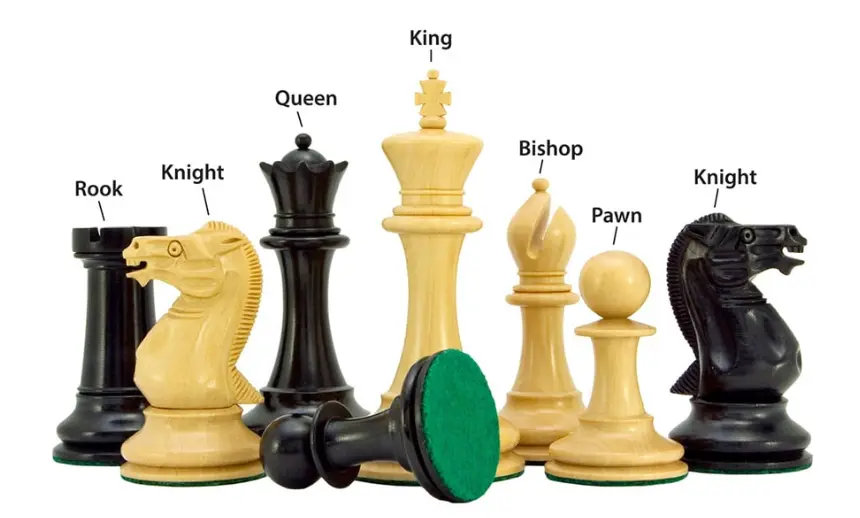The Caro-Kann Defense is strong & resilient chess opening, known for its strategic depth and long-term potential. This chess strategy is named after Horatio Caro and Marcus Kann. These two analyzed the defense back in the 19th century. The game remains popular from the beginning to now, from club-level players to grandmasters.
We will explore the Caro-Kann Defense here—its main variations & strategic concepts. We’ll also discuss its role in modern chess.
Basic ideas of the Caro-Kann Defense
It kicks off with these moves:
That’s all for now on this intriguing defense strategy!
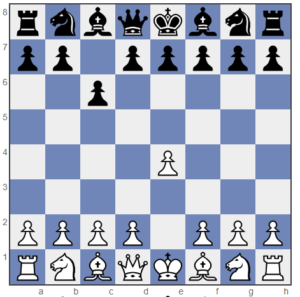
- e4 c6
Black’s first move, 1…c6, supports the next move …d5 to challenge the white player’s center pawn e4. This method differs from 1…e5 or 1…c5 (Sicilian Defence), where it creates a strong but flexible knot formation.
Major variations of the Caro-Kahn defence
There are several main variations of Caro-Kan, each with its strategic theme and concept:
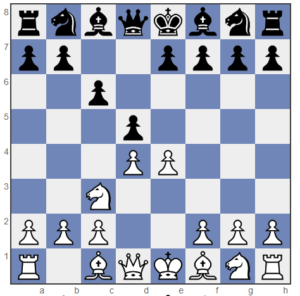
Classical Variations (1. e4 c6 2. d4 d5 3. Nc3 or 3. Nd2):
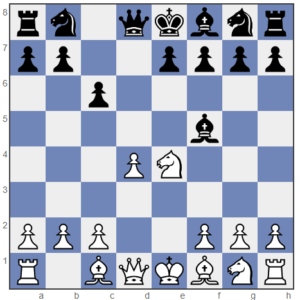
Main line: 3. Nc3 dxe4 4. Nxe4 Bf5
The classical variation emphasizes strong development and knee activity. The black player tries to move the light-squared bishop out of the pawn chain, followed by …e6 to ensure a strong pawn formation.
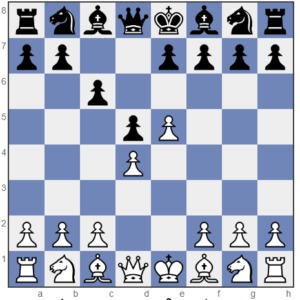
Advance Variations (1. e4 c6 2. d4 d5 3. e5):

Main line: 3… Bf5 4. Nc3 e6
In the advanced variation, the white player knocks on e5, gaining space but relinquishing control of the d5 square. Black usually develops the pawns and prepares counterattacks against White’s center.
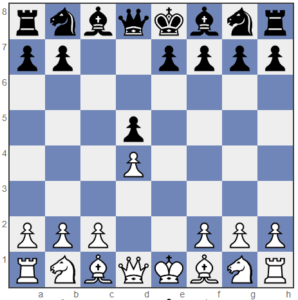
Exchange Variations (1. e4 c6 2. d4 d5 3. exd5 cxd5):
This variation creates an even knot formation and often leads to an open, balanced game. Both sides focus a lot on Knights activity & center control.

Panov-Botvinnik Attack (1. e4 c6 2. d4 d5 3. exd5 cxd5 4. c4):
In this line, White gives up an early move. This accelerates development and opens pathways. As a result, Black has to be careful & accurate to neutralize White’s initiative.
Strategic Concepts of Caro-Kann Defense

- Pawn structure and flexibility:
The Caro-Kann defense creates a strong structure with pawns on c6, d5, & sometimes e6. This setup provides Black with long-term strategic flexibility. It offers defensive strength and counterattack chances.
- Piece Development:
Effective development is vital in the Caro-Kann. Black wants to get knights on f6 and d7, the light-squared bishop on f5 or g4 & the dark-squared bishop usually on e7 or f6 (depending on variation).
- Counter Attack and Center Control:
Effective counter-attacks & center control are key in this defense for keeping a balance of chances. Black often brings strategic counterattacks against White’s center in the Caro-Kann opening. Black’s strong pawn setup gives strong center control and flexibility to counterattack with well-timed moves like…c5 or…f6.
Endgame in Caro-Kan Defense opening:
The Caro-Kan Defense often leads to a favorable endgame for Black. Strong pawn formations and well-placed pawns can give Black a slight advantage, especially if White overextends the middle.
The Caro-Kahn Defense in Modern Chess
The Caro-Kahn defense has been used by many world champions and elite players, such as Anatoly Karpov, Vladimir Kramnik, and Magnus Carlsen.
In modern chess, the Caro-Kann is a fresh opening that keeps evolving with great precision. Advances in opening theory & computer analysis have made studying various lines richer. These tools give players tons of resources to better their game.
Conclusion
The Caro-Kann Defense Opening stands out as powerful and versatile. It offers players a lot of solid tactics possibilities. Whether you’re a beginner wanting to broaden moves, or an experienced player needing a trusty defense against 1. e4, the Caro-Kan Defense might be the perfect fit. By mastering its key variations (and strategic ideas), you can deepen your chess understanding and boost your game performance.


